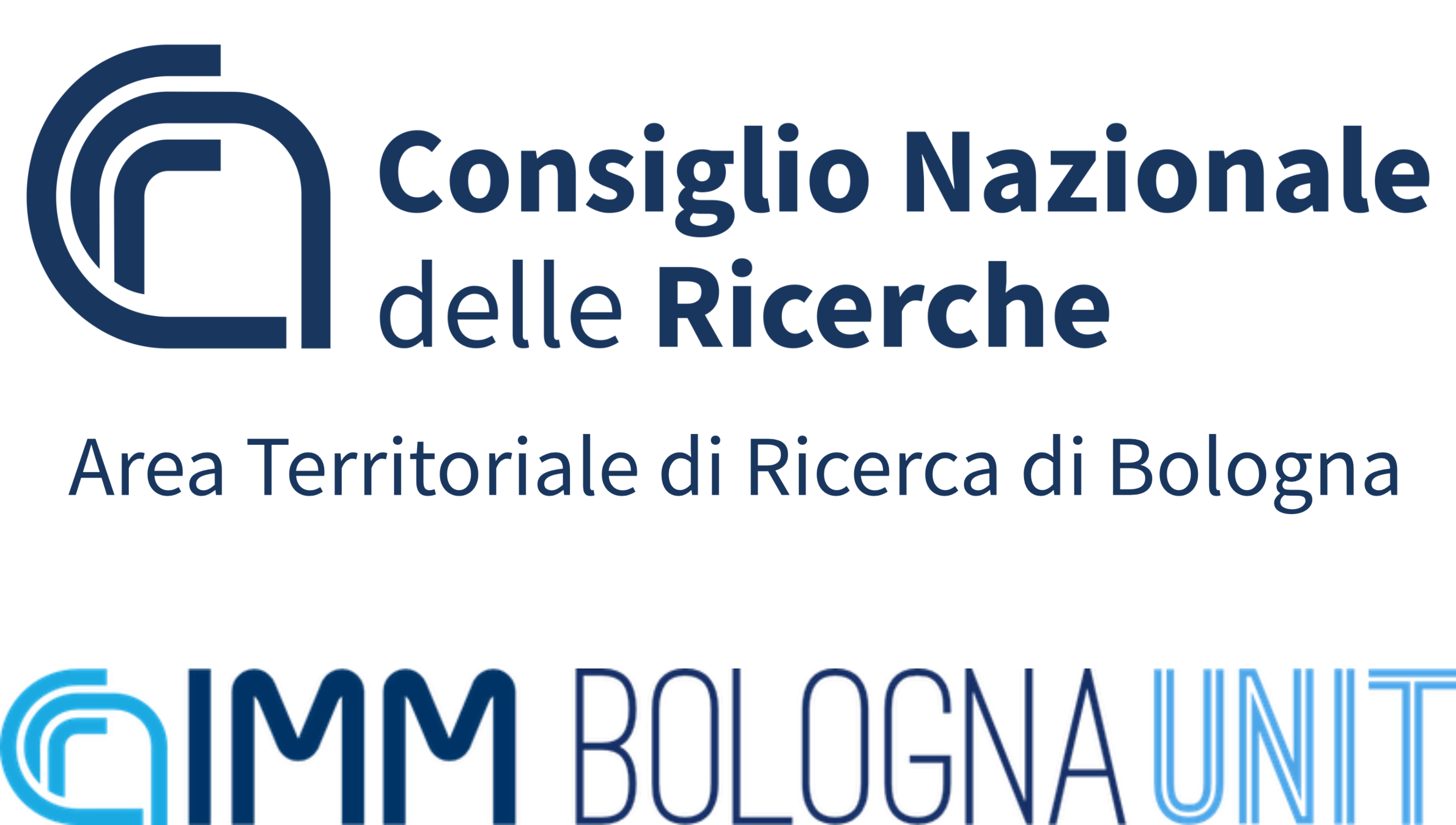
Film/Movies
17. DIGESTIONE ANAEROBICA / ANAEROBIC DIGESTION (38 min) (1988)
VERSIONE ITALIANA
ENGLISH VERSION
SPANISH VERSION
FRENCH VERSION
GERMAN VERSION
| Scritto da/written by: Gianluca Ferrero, Diego Luis Gonzalez, Lucio Morettini, Edmond Jacques Nyns, Andrea Tilche |
| Diretto da/directed by: Lucio Morettini |
| Consulenza scientifica/Scientific advice: Edmond Jacques Nyns, Andrea Tilche |
| Idee grafiche/Graphic ideas: Diego Luis Gonzàlez, Lucio Morettini, Andrea Tilche |
| Realizzazione grafica/Graphic realizations: Tiziano Giulianini, Ugo Maccari |
| Fotografia/Photography: Paolo Ricchi (Action video – Modena) |
| Post produzione/Post production: Evandro Postorino, Diego Luis Gonzàlez |
| Riprese in truka/Truka shooting: FILM IDEA – Milano |
| Istituzioni/Institutions: Commissione delle Comunità Europee, Direzione Generale per l’Energia. Partecipazione ENEA e Univ. Catolique de Louvain |
Note:
16mm., colore, sonoro ottico, durata 38′, versioni italiana, inglese, francese, tedesca e spagnola (1988)
Il film inizia con la considerazione che nel mondo è enorme la quantità di rifiuti organici prodotti nelle città, nelle industrie agro-alimentari e nell’agricoltura. Tali rifiuti comportano considerevoli costi di gestione e pongono spesso gravi problemi di inquinamento ambientale. La digestione anaerobica, processo naturale che trasforma la parte organica dei rifiuti in metano e anidride carbonica (biogas), rappresenta sovente la soluzione ottimale ai problemi sopra enunciati, oltre ad offrire un contributo non trascurabile alla produzione di energia pulita. Il filmato illustra con animazioni ed in modo semplice il complesso meccanismo biochimico che dalla sostanza organica porta al biogas.Dopo aver descritto i diversi sistemi di bio-metanazione sviluppati dalla ricerca e negli impianti pilota, il film passa in rassegna alcune tra le più significative installazioni che su scala reale e nei vari paesi dell’Europa comunitaria trattano i diversi tipi di rifiuti organici.
Il film ha ottenuto:
Grand Prix Granat al miglior film e alla migliore regia, Techfilm International Festival, Pardubice – Cecoslovacchia (1988)
Second Prize, XIII International scientific film festival, Katowice – Polonia (1989)
Notes:
16mm., colour, optical sound, duration 38′, Italian, French, German, Spanish, and English versions (1988)
The film, at the beginning, deals with the problems generated by the vast amounts of organic wastes produced in cities, agri-food industries, and farms. In fact, these wastes must be managed through costly operations in order to control the environmental pollution produced. The anaerobic digestion, a natural process which transforms the organic part of wastes in methane and carbon dioxide (biogas), is often the optimal solution to the above problems; further, it represents a non negligible contribution to the clean energy production. Using animations and in rather simple terms, the complex mechanism od the biological process which from organic matter leads to methane is illustrated. After describing the different systems of biomethanation which have been developed by laboratory research the film shows some of the most important plants of organic wastes treatment for the biogas production in the various European Community Countries.
The movie has obtained:
Grand Prix Granat best movie and direction, Techfilm International Festival, Pardubice – Cecoslovacchia (1988)
Second Prize, XIII International scientific film festival, Katowice – Polonia (1989)
Area of Research

The Territorial Area of Research in Bologna is a campus that hosts the headquarters (main or local) of 7 CNR and 2 INAF institutes.
CNR-IMM
The CNR-IMM Bologna Unit is part of CNR-IMM, an Institute belonging to the Physics and Matter Technologies Department of the National Council of Research and organized in 5 Units and one Headquarters.

